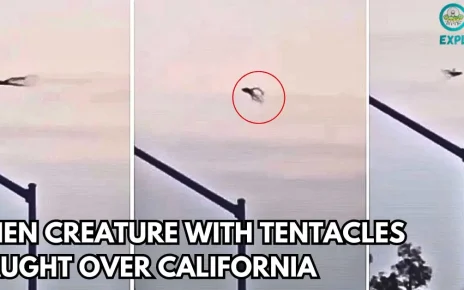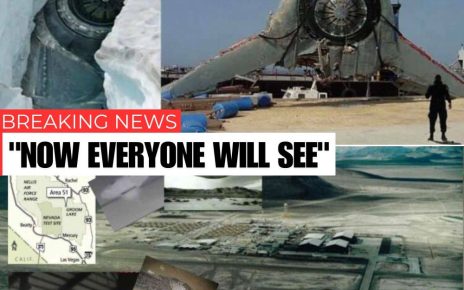

Almost 85 years ago – on October 30, 1938 – “War of the Worlds” was broadcast on CBS Radio in the United States. In his radio adaptation of H.G. Wells’ book for his program “Mercury Theatre on the Air,” Orson Welles scared the nation into believing that Earth was being taken over by aliens, specifically Martians.
Then panic ensued as listeners believed the programme was actually broadcasting real news bulletins. Or at least that’s what we were all led to believe.
While there may have been some who missed the numerous announcements, made at every intermission, that this was a play about an alien attack, the idea that the entire country was thrown into a panic was, at best, an exaggeration. An urban myth.
As it turns out, the audience for the radio play was small. Slate.com, in a 2013 report, said that most of the country was tuned in to NBC’s popular “Edgar Bergen’s Chase and Sanborn Hour,” a comedy and variety show.
In fact, the Hooper Ratings service had telephoned homes the night of the broadcast for its national audience survey and determined that only 2 percent of the potential audience was listening to Welles’s program.
That means 98 percent of America wasn’t tuned in. “Far fewer people heard the broadcast — and even fewer panicked — than most people believe today,” said Jefferson Pooley and Michael J. Socolow.
Additionally, it should be added that some CBS affiliate stations preempted the Mercury Theatre show in favor of local programming, further limiting viewership.
Panic
So how did a non-panic about an alien attack become a full-blown panic? As Slate explains, “Radio had siphoned advertising revenue away from print media during the Depression, severely damaging the newspaper industry. So newspapers seized the opportunity presented by Welles’s show to discredit radio as a news source.”
Fake news
Consider the ramifications of spreading false information for personal gain. In 1940, Princeton professor Hadley Cantril exaggerated the panic numbers in his study The Invasion from Mars. Others, such as Mercury Theater co-founder and producer John Houseman, found it beneficial to print the legend in his 1948 Harper’s essay “Men from Mars,” in which he claimed that millions of Americans were panicked by the broadcast.
Furthermore, a 1969 Los Angeles Times article about the broadcast of an alien attack continued the legend that Welles “shocked [the] nation into a state of panic.” The column was excerpted from Erik Barnouw’s history of broadcasting, in which the author also cites the history of panic reenactments, taking all accounts of panic at face value.
This may be harmless when it comes to a radio drama based on a fictional story, but what about when people use digital-age tools to push narratives like Holocaust denial, for example?
Current criticism
What critics got right about the 1938 War of the Worlds broadcast was that, regardless of debates about the actual panic, it drew attention to the importance of media literacy. Many could see how this event and its reporting exposed areas for improvement within the media and education.
In the case of the United States, after the 2016 election, PEW research reported that nearly a quarter of Americans shared information they knew was wrong. According to the same PEW survey, two-thirds “say that fabricated news causes too much confusion about the basic facts of current issues and events.” One of the main reasons for this confusion is social media, a form of media that has reached a similar polling point to radio in 1938.
Regardless, the show is considered a classic. While KNX no longer airs the Drama Hour that once aired “War of the Worlds” annually on Halloween , you can still find it online at one of the Old Time Radio websites, such as otr.net, which has a download available.



